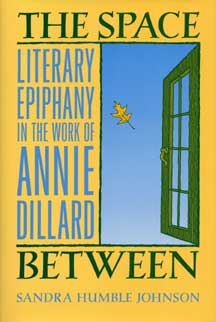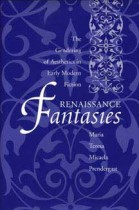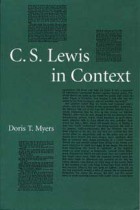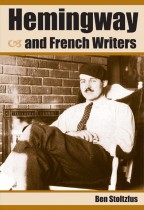The Space Between
Literary Epiphany in the Work of Annie Dillard
Literature & Literary CriticismSandra Humble Johnson
Annie Dillard, a foremost practitioner of the literary epiphany, has become a representative of a necromantic movement that combines the ecological interest of wilderness literature with the aesthetics of a highly stylized literature. This first full-length study of the Pulitzer prize-winning essayist considers her as wilderness philosopher, religious mystic, professional critic, and arch-romantic.
Sandra Humble Johnson moves Dillard from the category of nature writer to the area of aesthetics as she examines the importance of literary epiphany—a distinctive type of “illumination”—to her work. She then explores how Dillard, through her own peculiar use of language, describes and creates these moments of illumination, or “dots” of self, for the reader.
Johnson also reveals Dillard’s relationship with other writers who practiced this same literary device: William Wordsworth in his “spots of time,” T.S. Eliot and his “still points,” and Gerard Manley Hopkins through his “inscape.” In addition, Johnson shows how the reader experiences a similar yet personal epiphany in sharing the writer’s moment of illumination and further interprets how Dillard’s absorption with pain, violence, and beauty is resolved in the nature of language itself.





